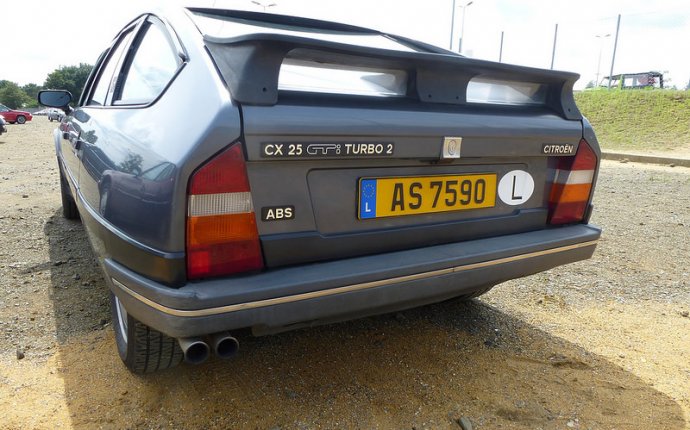
Adding air conditioning to a car
Some hard-core collectors consider it sacrilegious to add an air-conditioning system to a vintage or classic muscle car that didn't come with it from the factory. For those seeking comfort, the upgrade option is available on even some of the rarest automobiles. Here we'll talk about the acquisition of replicated manufacturer type and standalone aftermarket systems. Review installation obstacles and the price ranges to help you decide whether up fitting your classic is right for you.
Car Air Conditioning History
Although air-conditioning was available in the 40s on a few Packard and Cadillac models, it wasn't until 1953 when new technology took the system to the next level. This was the year Chrysler made big advances in their air-temp trunk mounted cooling system. It was first available on the 1953 Chrysler Imperial and said to be able to reduce interior temperatures 30 degrees in less than five minutes.
Its efficiency was accredited to the recirculation function where the already cooled air was pulled back across the evaporator to be further chilled. The cool air was discharged from the package shelf behind the back seat and was angled up near the headliner as cold air would sink and cool the interior cabin efficiently.
Still, it wasn't until the mid to late 60s when the factory installed option really started to take off. General Motors teamed up with Frigidaire one of the most popular makers of refrigerators at the time.
GM cashed in on the recognizable brand name and advertised in showroom windows that their vehicles were available with this coveted upgrade. By the 1970 model year, more than half of the cars built in the United States had air-conditioning installed.
Adding Factory Style Air Conditioning
The job of adding AC to a classic car is a lot easier when factory air-conditioning was an available option on your exact model.
Both aftermarket and the manufacturer’s original equipment are available to fit these cars. Factory style heating and air-conditioning control panels are offered in kits with template type brackets that make the finished installation look like it was always there and belongs on the automobile.
As an example of the contents of the kit, check out the Ford galaxy 500. On this specific model, the kit includes an evaporator assembly, condenser and mounting kit, exact fit AC hoses, compressor with high and low-pressure cut-off switches and all of the mounting brackets to facilitate a professional looking, fully operational air-conditioning system.
Another popular option when adding factory style air-conditioning to a car it was available on from the factory, is to source these parts from a junkyard. Most components like the control panel, compressor and hoses are straightforward in removal. The more difficult parts will be the evaporator, retrieval of brackets and mounting hardware if the car has been exposed to the elements for a long period of time. Keep in mind that junkyard parts can be reconditioned by companies that specialize in vintage AC.
Adding AC to Vintage Cars
If your automobile was built before the 60s than a standalone aftermarket system will probably be your most efficient solution.
Several companies specialize in discrete hang on systems that provide plenty of cold air without detracting from the natural beauty of the interior and engine compartment. Vintage Air appeared on an episode of Jay Leno's garage and provides ready to install AC systems on vehicles going back to the late 20s.
They also offer sure fit systems that are designed to replace defective air-conditioning on popular muscle cars from the 60s and 70s. Kits are manufactured for vehicles that came with air-conditioning and for those that had AC deleted. Classic car collectors often say, there is nothing money can't fix. When it comes to adding the comfort of a properly functioning AC system to your classic car all it takes is time and money.











